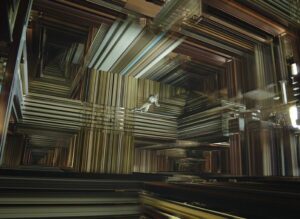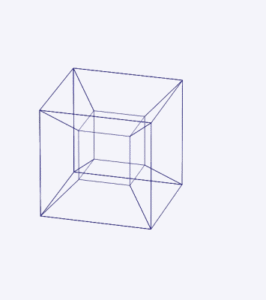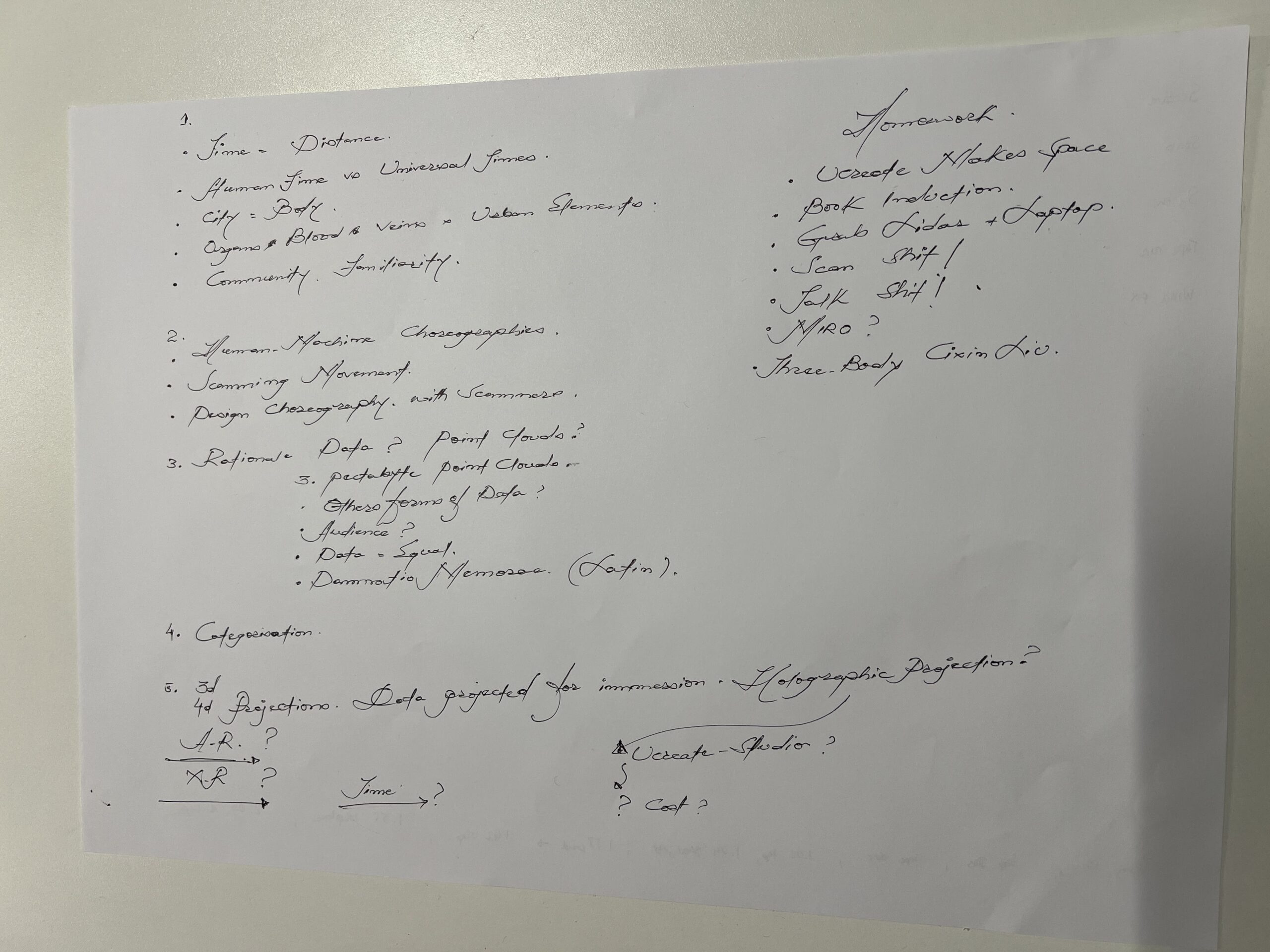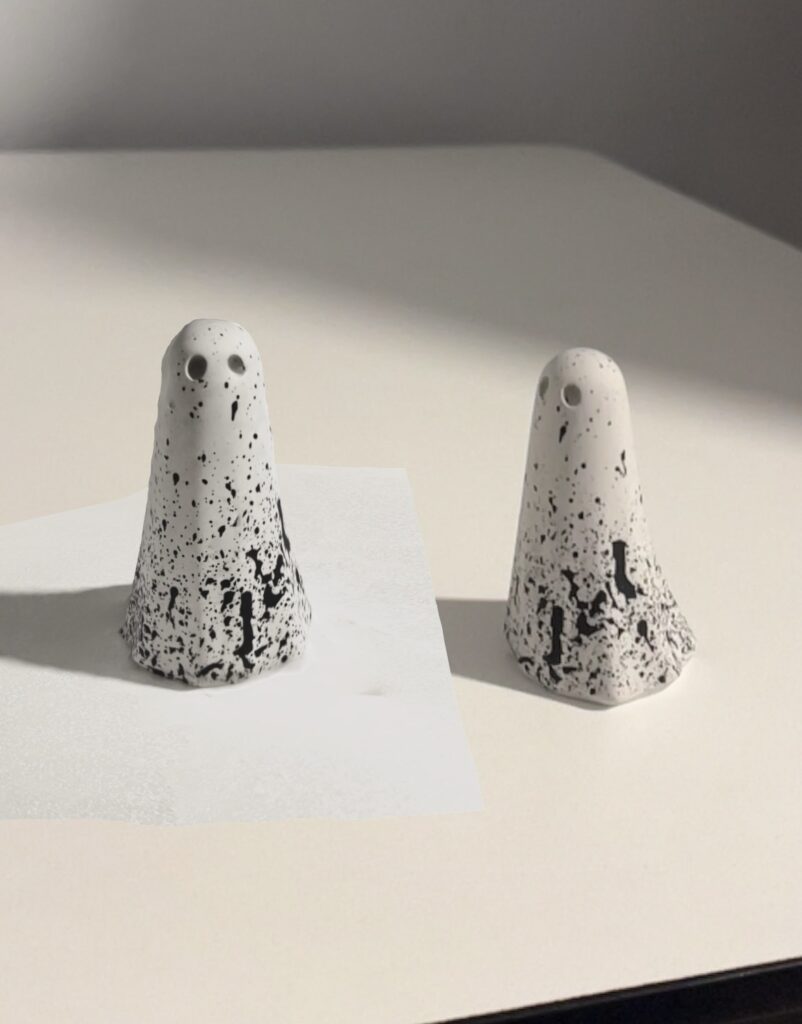After communicating with Dr. Asad Khan last week, I began to reflect on my ideas and consider how they could be expanded.
The existence of time made me think about the differences between dimensions, If one dimension is a point, then two dimensions consist of a line made up of countless points, three dimensions form a cube composed of numerous two-dimensional lines. So, what does the fourth dimension look like? Is it also composed of countless stacked three-dimensional objects?

This also reminds me of the last part of the movie “Interstellar,” where the protagonist enters a black hole and arrives in a four-dimensional space, and in this four-dimensional space, he is able to traverse time and communicate with his daughter through gravity.

Then, through Wikipedia, I learned about the existence of the tesseract, and how it might appear in two-dimensional and three-dimensional worlds.



So, I began to contemplate what I should do.
Can we use LiDAR and installation to achieve the projection of this four-dimensional space?
Can we also use time-lapse photography with LiDAR, thereby not only animating the scanned scenes but also materializing time?(Although the fourth dimension is not time, it can be visualized.)
Perhaps it could be designed as an installation. This installation would consist of four projection screens, not connected to each other, with gaps allowing viewers to enter the cube formed by the four screens. In the center, there would be a cube made of a projectable and translucent material, serving as an interactive area for the audience. The entire setup would create an immersive experience, thus requiring an immersive sound design as well.Visually, the LiDAR-processed images are projected not only on the four screens but also on the material in the interactive area.

 (Pic 2: Using AR functionality to take a photo of the scanned model alongside the original)
(Pic 2: Using AR functionality to take a photo of the scanned model alongside the original)